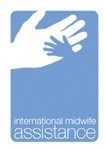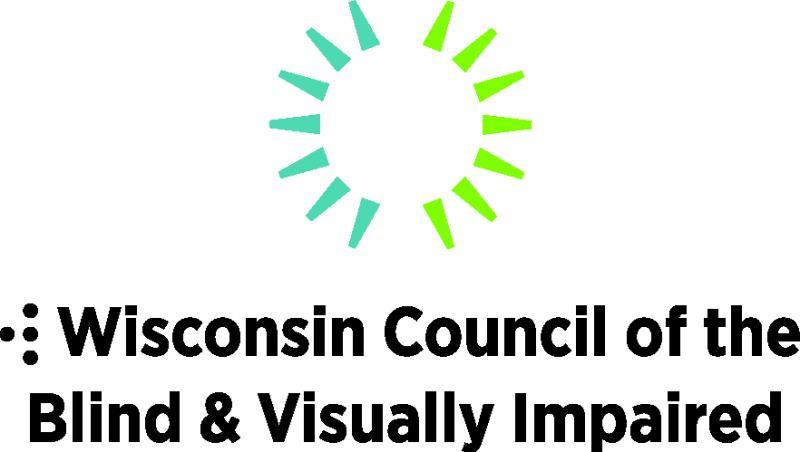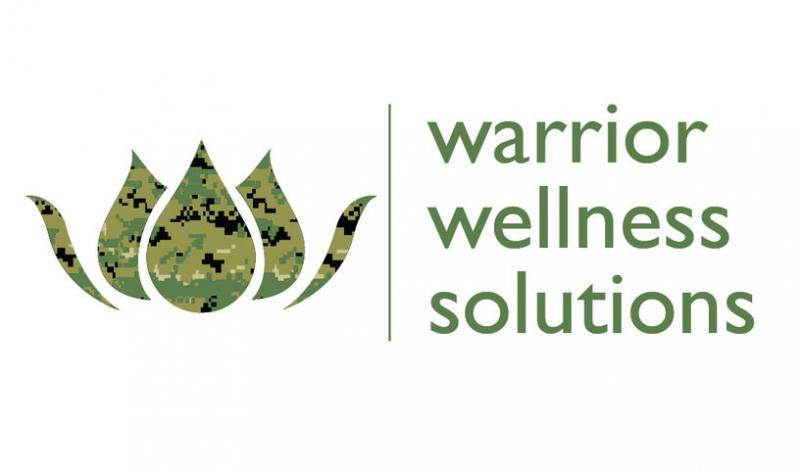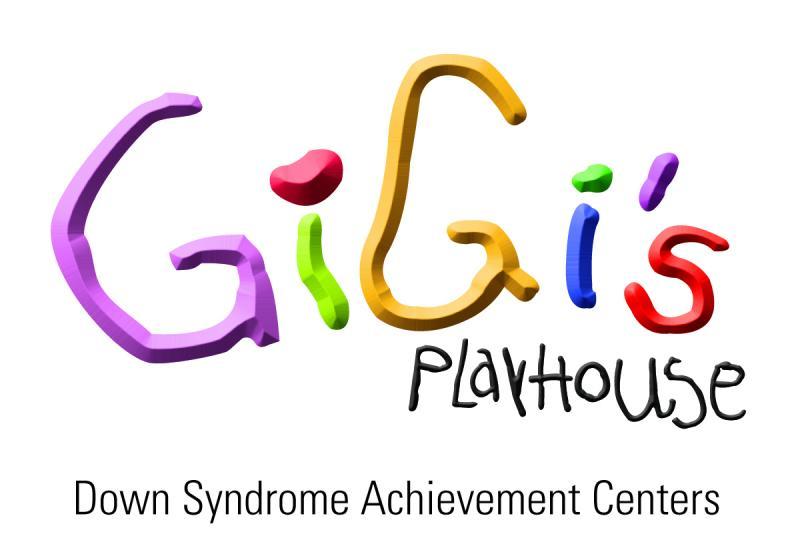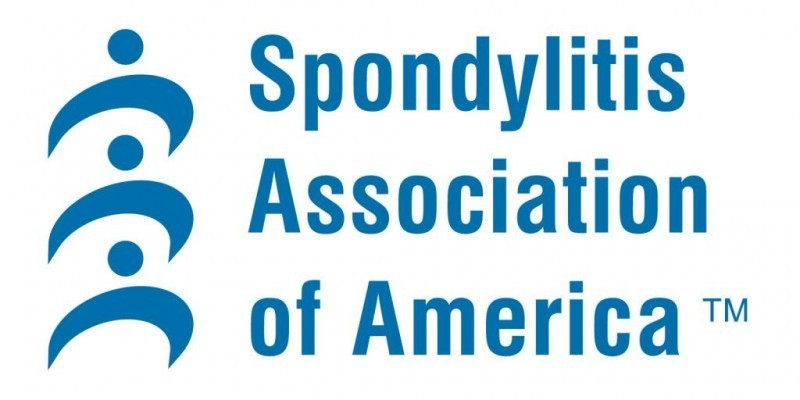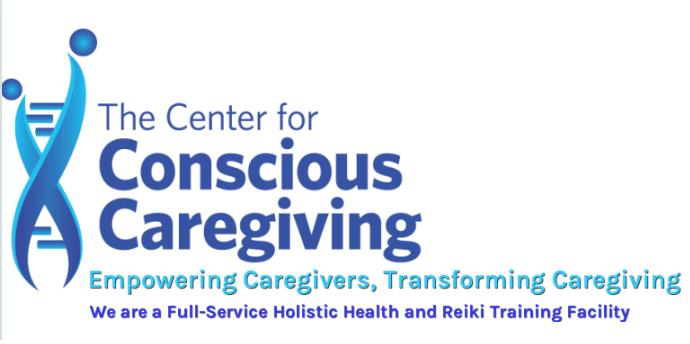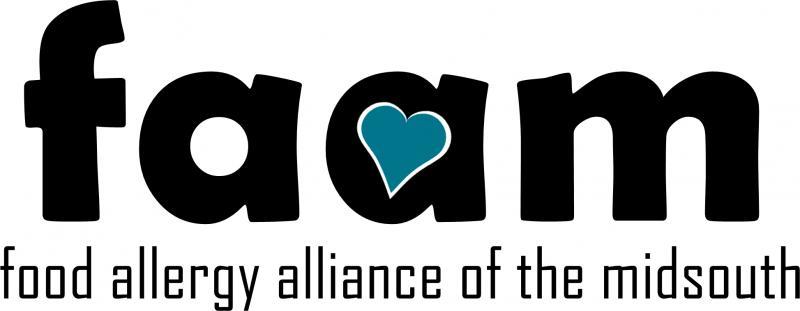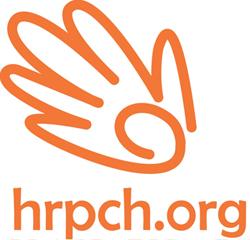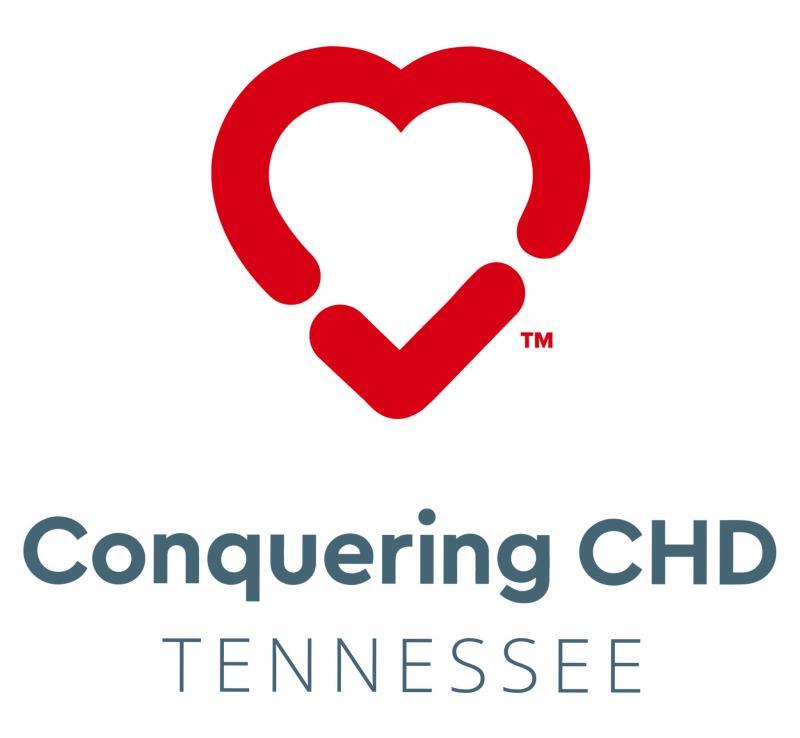Causes: Birth Defects & Genetic Diseases, Health
Mission: With the success of the Salk vaccine in the mid 1950s, the March of Dimes turned its focus on birth defects, low birth weight and infant death. Over the past 68 years, March of Dimes' cutting edge research and innovative programs have saved millions of babies from death or disability.
Programs: Research & medical support the march of dimes funds research into the causes of birth defects, premature birth and other threats to babies' health as well as ways to prevent and treat them. The march of dimes consistently throughout its history has selected bold problems from conquering polio to preventing prematurity and has been successful through careful planning and execution to achieve our mission. The march of dimes also has developed partnerships to leverage its efforts together with those of other organizations. Since the start of our national prematurity campaign in 2003, rates of preterm birth have declined for 7 years in a row to 11.4% and have reached a 16-year low. Since 2006, an estimated 210,000 babies have been spared the consequences of an early birth, and our country has saved at least $11.9 billion in excess health care costs. We achieved these results through sustained leadership and a variety of partnerships. We opened four march of dimes prematurity research centers, the first one at stanford university in 2011, the second as the ohio collaborative in 2013, and the third and fourth in 2014 at washington university in st. Louis and the university of pennsylvania. These prematurity research centers take a unique team science approach to speeding up discovery of causes and preventions, drawing faculty not only from the medical schools, but from across the campuses, including, for example from schools of engineering. A total of five centers are planned, and the fifth has been approved by our board of trustees, but not yet announced. It will be announced in q2 of 2015.We led the drive to eliminate early elective deliveries before 39 completed weeks of pregnancy. This work includes quality improvement initiatives with over 100 prominent hospitals in 28 states. A peer-reviewed publication, the research for which was supported by and the majority of the authors were from the march of dimes, showed an 83% reduction in early elective deliveries from january through december of the same year among 25 hospitals in five states. This work also includes a national consumer education campaign called healthy babies are worth the wait. The description of the healthy babies are worth the wait pilot in kentucky is in press as volume 1 of the new peer-reviewed march of dimes series with elsevier as the publisher. This shows that there was a reduction in early elective deliveries in kentucky compared with surrounding states, and reviewers were highly complimentary of the march of dimes taking on a research project of this complexity in a "real world setting. " in 2012, the u. S. Dept. Of health and human services built on their approach by launching strong start, an initiative to improve birth outcomes. The leapfrog group, a nonprofit hospital quality watchdog, released results from the 2013 leapfrog hospital survey, which showed the rate of early elective deliveries (non-medically necessary c-sections and inductions before 39 weeks) dropped from 17% in 2010 to 4.6% in 2013 at nearly 1,000 reporting hospitals. The joint commission has included the reduction of early elective deliveries as one of its five perinatal core measures, which will impact policies at all birthing hospitals in the u. S. Our research advances over the past 75 years are still improving health and saving lives of babies today. Polio once crippled tens of thousands of children, but thanks to vaccines developed with march of dimes support, this disease has been eliminated in most of the world. Newborn screening tests developed with funding from the march of dimes contribute to the detection of the recommended set of 31 serious but treatable disorders and save lives. The march of dimes national folic acid campaign led to fortification of grain products in 1998 with the b vitamin folic acid, and since then our nation has seen a 36 percent reduction in spina bifida, a birth defect of the spinal cord, and a 17 percent reduction in anencephaly, a very serious birth defect of the brain that uniformly results in death. Reducing preterm birth through our partnership with the association of state and territorial health officials (astho), health departments in every state, puerto rico and the district of columbia have set goals of reducing their rates of premature birth by 8 percent by 2014.Using the data from the national center on health statistics (nchs) of the centers for disease control and prevention (cdc), 16 states or territories have achieved their goals of 8% reduction through the 2013 data: alaska, arizona, california, colorado, delaware, district of columbia, indiana, massachusetts, nevada, new hampshire, new york, puerto rico, rhode island, utah, vermont, and wyoming. In 2014,5 states earned an "a" on the march of dimes premature birth report card: california, maine, new hampshire, oregon and vermont.
public and professional education the march of dimes shares vital health information with the general public, women and professionals through the internet, educational booklets and public service advertising, many of which are provided in both english and spanish. The materials for the public are written in "plain language" and have won numerous awards. All march of dimes educational materials are strongly evidence-based and depend on the peer-reviewed medical and scientific literature, as well as on reliable sources, such as the centers for disease control and prevention, the american academy of pediatrics, the american college of obstetricians and gynecologists, and others. We led the publication of born too soon: the global action report on preterm birth, the first global estimates of premature birth, and recommended prevention and care strategies for the 15 million babies born preterm each year. Our global partners are now pushing forward to bring these lifesaving approaches to countries throughout the world. In 2014, we signed a memorandum of understanding with the international federation of obstetrics and gynecology (figo) to pool activities and resources of the march of dimes with the activities and infrastructure of figo in order to help reduce worldwide the rates of preterm birth. As part of this agreement, march of dimes and figo have contracted with the boston consulting group on a study to understand the drivers of differences in preterm birth across and within countries over time, on the basis of these findings identify opportunities to reduce preterm birth in high-income countries and, subsequently, selected middle-income countries and identify gaps in knowledge and implications for research. We are also working with the march of dimes global network for maternal and infant health in lebanon, malawi and the philippines to improve the health of adolescents and young women before they become pregnant and are planning for the 7th international conference on the prevention of birth defects and disability in the developing world to be held in dar es salaam, tanzania in september. World prematurity day continues to expand around the world, raising awareness about the serious problem of premature birth. Begun as prematurity awareness day in the united states, november 17th is now marked by activities in more than 80 countries with parent groups recruited to lead the efforts in many of these countries. For additional information on the foundation's prematurity campaign, please visit the following websites: http://bit. Ly/1d9inzm and http://bit. Ly/107xcvc
community services march of dimes chapter staff and volunteers invest time and resources in local programs and activities in all 50 states, washington, d. C. , and puerto rico, playing a vital role in improving maternal and child health in their communities, to enhancing and expanding services available to women and their families. Chapter staff and volunteers partner with local health agencies, community-based organizations, professional associations, hospitals, and others to determine the most pressing maternal and child health needs and to develop a multi-year strategic plan that will positively impact the health status of communities. Staff and volunteers then work to enhance and expand community services, and to improve systems of care for mothers, babies, and their families through advocacy, leadership educational programs and community grants. In 2014, march of dimes chapters awarded 554 community grants. Through its community grants and program services, march of dimes aims to: improve the health of mothers and babies through education on healthy pregnancy; prenatal care and other services to reduce the risk of premature birth and other poor birth outcomes; and support for families whose babies need specialized care in the newborn intensive care unit (nicu). Healthy babies are worth the wait community program is a march of dimes chapter-led partnership focused on decreasing preterm birth by improving the quality of health care delivery, increasing access to prevention services, providing education for pregnant women, perinatal providers and the greater community. Program partners work together to integrate clinical and public health interventions that are proven to reduce preterm birth. These interventions include: patient navigation/care coordination, hospital quality improvement to reduce early elective deliveries, group prenatal care, and smoking cessation, prevention of repeat preterm births and infection diagnosis and treatment. The march of dimes offers information and comfort to families experiencing the hospitalization of their baby and provides training for healthcare professionals in newborn intensive care units (nicus) through nicu family support. In 2014, nicu family support programs served over 92,000 families experiencing a nicu stay in 132 hospitals across the united states. Activities provided include parent-to-parent support, print and online education for families and innovative programs for parents, siblings and grandparents - all with the purpose of providing comfort and critical health care messages to families in crisis. To support hospital staff in their role, the program provided professional development trainings and resources for neonatologists, nurses and other clinicians to promote implementation of best practices in family-centered care. Hispanic outreach the increasing number of hispanic women in the united states, coupled with their higher fertility rates and increased risk of adverse birth outcomes, call for greater attention to their preconception, maternal and newborn health needs. To address these needs, the march of dimes offers numerous education and health promotion resources that reach millions of spanish-speaking women and families globally. In 2014, the march of dimes relaunched nacersano. Org, the foundations culturally and linguistically relevant source of maternal and baby health information for spanish-speaking hispanic community at large. The new mobile-ready site features hundreds of health articles, interactive tools, educational videos and other resources, including easy access to social media platforms where health information is also provided. The site reached more than 2.4 million users in 2014 and had more than 4 million page views. In addition, the nacersano blog (one of the social media platforms) had 3,300 average views per day, a 42 percent increase over 2013 and the highest since its implementation in 2007.Hispanic advisory council the march of dimes created a national hispanic advisory council in 2014.This group of professionals advises the march of dimes on best practices for improving the health of hispanic mothers and babies. It also helps the organization to communicate the mission with the hispanic community for long-term engagement and help improve health outcomes. Pregnancy and newborn health education center since 1997, the pregnancy & newborn health education center (the center) has served women and their families by being the trusted source of accurate, timely information about what women can do to help themselves be healthier, to have a healthy pregnancy and reduce their risk of having a preterm birth. Through the center, march of dimes health experts offer one-on-one health education and support to women and families from around the world, in english and spanish. In 2014, the center answered 19,870 emails in english and spanish on topics ranging from preconception, pregnancy and prematurity to health advocacy, baby care and loss. The center also delivers education through social media platforms. The news moms need blog averages over 1300 daily views. Through daily outreach and monthly chats on the march of dimes twitter accounts; the center engaged over 25 million people with detailed educational content, and answered individual concerns as they arose. Fda and corn masa flour the march of dimes participated in a working group comprised of other health organizations and a company interested in fortifying corn masa flour and its related products (e. G. , tortillas and tortilla chips) with folic acid in the u. S. To prepare a food additive petition to the fda. This petition, which would allow voluntary fortification of corn masa flour with folic acid if approved, was submitted to the fda in april 2012.The march of dimes has since continued to work with the fda to address their concerns and questions regarding aspects of the information submitted in the petition. The march of dimes has funded an additional stability study to examine the levels of folic acid present in fortified corn masa flour and its related products over time. Such data would allow the fda to confirm that the folic acid is present at expected or appreciable levels in corn masa flour and its related products sufficient to achieve the intended effect of reducing neural tube defects in the u. S. This study is expected to be finished by end of 2015.Patient safety and quality the march of dimes is infusing patient safety and quality throughout its mission activities. This involves creating a "culture of safety" in these areas, based on teh features of high reliability organizations and natural accident theory. Nbs culture of safety and awards in november 2013, the milwaukee journal sentinel (mjs) published the first article in a series titled "deadly delays" in newborn screening. This article described death and disability that could have been prevented among babies whose newborn screening tests had been delayed, for example by being closed on weekends and holidays, and "batching" samples in hospitals over multiple days before sending them to the state laboratory. We published an op ed in the mjs one week later and a peer-reviewed commentary in 2014, both calling for a culture of safety in nbs. We convened a newborn screening quality improvement work group to share best practices to improve sample transit times and that group now includes representatives from 16 organizations, such as the american academy of pediatrics, american college of obstetrics and gynecology, american hospital association, association of state and territorial health officials and others. The work group meets 2-3 times per year either in person or by conference call. The march of dimes, in collaboration with the association of state and territorial health officials, began providing awards in 2014 to state health officials for specific policies and practices that improve sample transit times and we have made two awards to date.
Mission: With the success of the Salk vaccine in the mid 1950s, the March of Dimes turned its focus on birth defects, low birth weight and infant death. Over the past 68 years, March of Dimes' cutting edge research and innovative programs have saved millions of babies from death or disability.
Programs: Research & medical support the march of dimes funds research into the causes of birth defects, premature birth and other threats to babies' health as well as ways to prevent and treat them. The march of dimes consistently throughout its history has selected bold problems from conquering polio to preventing prematurity and has been successful through careful planning and execution to achieve our mission. The march of dimes also has developed partnerships to leverage its efforts together with those of other organizations. Since the start of our national prematurity campaign in 2003, rates of preterm birth have declined for 7 years in a row to 11.4% and have reached a 16-year low. Since 2006, an estimated 210,000 babies have been spared the consequences of an early birth, and our country has saved at least $11.9 billion in excess health care costs. We achieved these results through sustained leadership and a variety of partnerships. We opened four march of dimes prematurity research centers, the first one at stanford university in 2011, the second as the ohio collaborative in 2013, and the third and fourth in 2014 at washington university in st. Louis and the university of pennsylvania. These prematurity research centers take a unique team science approach to speeding up discovery of causes and preventions, drawing faculty not only from the medical schools, but from across the campuses, including, for example from schools of engineering. A total of five centers are planned, and the fifth has been approved by our board of trustees, but not yet announced. It will be announced in q2 of 2015.We led the drive to eliminate early elective deliveries before 39 completed weeks of pregnancy. This work includes quality improvement initiatives with over 100 prominent hospitals in 28 states. A peer-reviewed publication, the research for which was supported by and the majority of the authors were from the march of dimes, showed an 83% reduction in early elective deliveries from january through december of the same year among 25 hospitals in five states. This work also includes a national consumer education campaign called healthy babies are worth the wait. The description of the healthy babies are worth the wait pilot in kentucky is in press as volume 1 of the new peer-reviewed march of dimes series with elsevier as the publisher. This shows that there was a reduction in early elective deliveries in kentucky compared with surrounding states, and reviewers were highly complimentary of the march of dimes taking on a research project of this complexity in a "real world setting. " in 2012, the u. S. Dept. Of health and human services built on their approach by launching strong start, an initiative to improve birth outcomes. The leapfrog group, a nonprofit hospital quality watchdog, released results from the 2013 leapfrog hospital survey, which showed the rate of early elective deliveries (non-medically necessary c-sections and inductions before 39 weeks) dropped from 17% in 2010 to 4.6% in 2013 at nearly 1,000 reporting hospitals. The joint commission has included the reduction of early elective deliveries as one of its five perinatal core measures, which will impact policies at all birthing hospitals in the u. S. Our research advances over the past 75 years are still improving health and saving lives of babies today. Polio once crippled tens of thousands of children, but thanks to vaccines developed with march of dimes support, this disease has been eliminated in most of the world. Newborn screening tests developed with funding from the march of dimes contribute to the detection of the recommended set of 31 serious but treatable disorders and save lives. The march of dimes national folic acid campaign led to fortification of grain products in 1998 with the b vitamin folic acid, and since then our nation has seen a 36 percent reduction in spina bifida, a birth defect of the spinal cord, and a 17 percent reduction in anencephaly, a very serious birth defect of the brain that uniformly results in death. Reducing preterm birth through our partnership with the association of state and territorial health officials (astho), health departments in every state, puerto rico and the district of columbia have set goals of reducing their rates of premature birth by 8 percent by 2014.Using the data from the national center on health statistics (nchs) of the centers for disease control and prevention (cdc), 16 states or territories have achieved their goals of 8% reduction through the 2013 data: alaska, arizona, california, colorado, delaware, district of columbia, indiana, massachusetts, nevada, new hampshire, new york, puerto rico, rhode island, utah, vermont, and wyoming. In 2014,5 states earned an "a" on the march of dimes premature birth report card: california, maine, new hampshire, oregon and vermont.
public and professional education the march of dimes shares vital health information with the general public, women and professionals through the internet, educational booklets and public service advertising, many of which are provided in both english and spanish. The materials for the public are written in "plain language" and have won numerous awards. All march of dimes educational materials are strongly evidence-based and depend on the peer-reviewed medical and scientific literature, as well as on reliable sources, such as the centers for disease control and prevention, the american academy of pediatrics, the american college of obstetricians and gynecologists, and others. We led the publication of born too soon: the global action report on preterm birth, the first global estimates of premature birth, and recommended prevention and care strategies for the 15 million babies born preterm each year. Our global partners are now pushing forward to bring these lifesaving approaches to countries throughout the world. In 2014, we signed a memorandum of understanding with the international federation of obstetrics and gynecology (figo) to pool activities and resources of the march of dimes with the activities and infrastructure of figo in order to help reduce worldwide the rates of preterm birth. As part of this agreement, march of dimes and figo have contracted with the boston consulting group on a study to understand the drivers of differences in preterm birth across and within countries over time, on the basis of these findings identify opportunities to reduce preterm birth in high-income countries and, subsequently, selected middle-income countries and identify gaps in knowledge and implications for research. We are also working with the march of dimes global network for maternal and infant health in lebanon, malawi and the philippines to improve the health of adolescents and young women before they become pregnant and are planning for the 7th international conference on the prevention of birth defects and disability in the developing world to be held in dar es salaam, tanzania in september. World prematurity day continues to expand around the world, raising awareness about the serious problem of premature birth. Begun as prematurity awareness day in the united states, november 17th is now marked by activities in more than 80 countries with parent groups recruited to lead the efforts in many of these countries. For additional information on the foundation's prematurity campaign, please visit the following websites: http://bit. Ly/1d9inzm and http://bit. Ly/107xcvc
community services march of dimes chapter staff and volunteers invest time and resources in local programs and activities in all 50 states, washington, d. C. , and puerto rico, playing a vital role in improving maternal and child health in their communities, to enhancing and expanding services available to women and their families. Chapter staff and volunteers partner with local health agencies, community-based organizations, professional associations, hospitals, and others to determine the most pressing maternal and child health needs and to develop a multi-year strategic plan that will positively impact the health status of communities. Staff and volunteers then work to enhance and expand community services, and to improve systems of care for mothers, babies, and their families through advocacy, leadership educational programs and community grants. In 2014, march of dimes chapters awarded 554 community grants. Through its community grants and program services, march of dimes aims to: improve the health of mothers and babies through education on healthy pregnancy; prenatal care and other services to reduce the risk of premature birth and other poor birth outcomes; and support for families whose babies need specialized care in the newborn intensive care unit (nicu). Healthy babies are worth the wait community program is a march of dimes chapter-led partnership focused on decreasing preterm birth by improving the quality of health care delivery, increasing access to prevention services, providing education for pregnant women, perinatal providers and the greater community. Program partners work together to integrate clinical and public health interventions that are proven to reduce preterm birth. These interventions include: patient navigation/care coordination, hospital quality improvement to reduce early elective deliveries, group prenatal care, and smoking cessation, prevention of repeat preterm births and infection diagnosis and treatment. The march of dimes offers information and comfort to families experiencing the hospitalization of their baby and provides training for healthcare professionals in newborn intensive care units (nicus) through nicu family support. In 2014, nicu family support programs served over 92,000 families experiencing a nicu stay in 132 hospitals across the united states. Activities provided include parent-to-parent support, print and online education for families and innovative programs for parents, siblings and grandparents - all with the purpose of providing comfort and critical health care messages to families in crisis. To support hospital staff in their role, the program provided professional development trainings and resources for neonatologists, nurses and other clinicians to promote implementation of best practices in family-centered care. Hispanic outreach the increasing number of hispanic women in the united states, coupled with their higher fertility rates and increased risk of adverse birth outcomes, call for greater attention to their preconception, maternal and newborn health needs. To address these needs, the march of dimes offers numerous education and health promotion resources that reach millions of spanish-speaking women and families globally. In 2014, the march of dimes relaunched nacersano. Org, the foundations culturally and linguistically relevant source of maternal and baby health information for spanish-speaking hispanic community at large. The new mobile-ready site features hundreds of health articles, interactive tools, educational videos and other resources, including easy access to social media platforms where health information is also provided. The site reached more than 2.4 million users in 2014 and had more than 4 million page views. In addition, the nacersano blog (one of the social media platforms) had 3,300 average views per day, a 42 percent increase over 2013 and the highest since its implementation in 2007.Hispanic advisory council the march of dimes created a national hispanic advisory council in 2014.This group of professionals advises the march of dimes on best practices for improving the health of hispanic mothers and babies. It also helps the organization to communicate the mission with the hispanic community for long-term engagement and help improve health outcomes. Pregnancy and newborn health education center since 1997, the pregnancy & newborn health education center (the center) has served women and their families by being the trusted source of accurate, timely information about what women can do to help themselves be healthier, to have a healthy pregnancy and reduce their risk of having a preterm birth. Through the center, march of dimes health experts offer one-on-one health education and support to women and families from around the world, in english and spanish. In 2014, the center answered 19,870 emails in english and spanish on topics ranging from preconception, pregnancy and prematurity to health advocacy, baby care and loss. The center also delivers education through social media platforms. The news moms need blog averages over 1300 daily views. Through daily outreach and monthly chats on the march of dimes twitter accounts; the center engaged over 25 million people with detailed educational content, and answered individual concerns as they arose. Fda and corn masa flour the march of dimes participated in a working group comprised of other health organizations and a company interested in fortifying corn masa flour and its related products (e. G. , tortillas and tortilla chips) with folic acid in the u. S. To prepare a food additive petition to the fda. This petition, which would allow voluntary fortification of corn masa flour with folic acid if approved, was submitted to the fda in april 2012.The march of dimes has since continued to work with the fda to address their concerns and questions regarding aspects of the information submitted in the petition. The march of dimes has funded an additional stability study to examine the levels of folic acid present in fortified corn masa flour and its related products over time. Such data would allow the fda to confirm that the folic acid is present at expected or appreciable levels in corn masa flour and its related products sufficient to achieve the intended effect of reducing neural tube defects in the u. S. This study is expected to be finished by end of 2015.Patient safety and quality the march of dimes is infusing patient safety and quality throughout its mission activities. This involves creating a "culture of safety" in these areas, based on teh features of high reliability organizations and natural accident theory. Nbs culture of safety and awards in november 2013, the milwaukee journal sentinel (mjs) published the first article in a series titled "deadly delays" in newborn screening. This article described death and disability that could have been prevented among babies whose newborn screening tests had been delayed, for example by being closed on weekends and holidays, and "batching" samples in hospitals over multiple days before sending them to the state laboratory. We published an op ed in the mjs one week later and a peer-reviewed commentary in 2014, both calling for a culture of safety in nbs. We convened a newborn screening quality improvement work group to share best practices to improve sample transit times and that group now includes representatives from 16 organizations, such as the american academy of pediatrics, american college of obstetrics and gynecology, american hospital association, association of state and territorial health officials and others. The work group meets 2-3 times per year either in person or by conference call. The march of dimes, in collaboration with the association of state and territorial health officials, began providing awards in 2014 to state health officials for specific policies and practices that improve sample transit times and we have made two awards to date.
1275 Mamaroneck Ave Suite, White Plains, NY 10605
914-428-7100

Health
White Plains
































